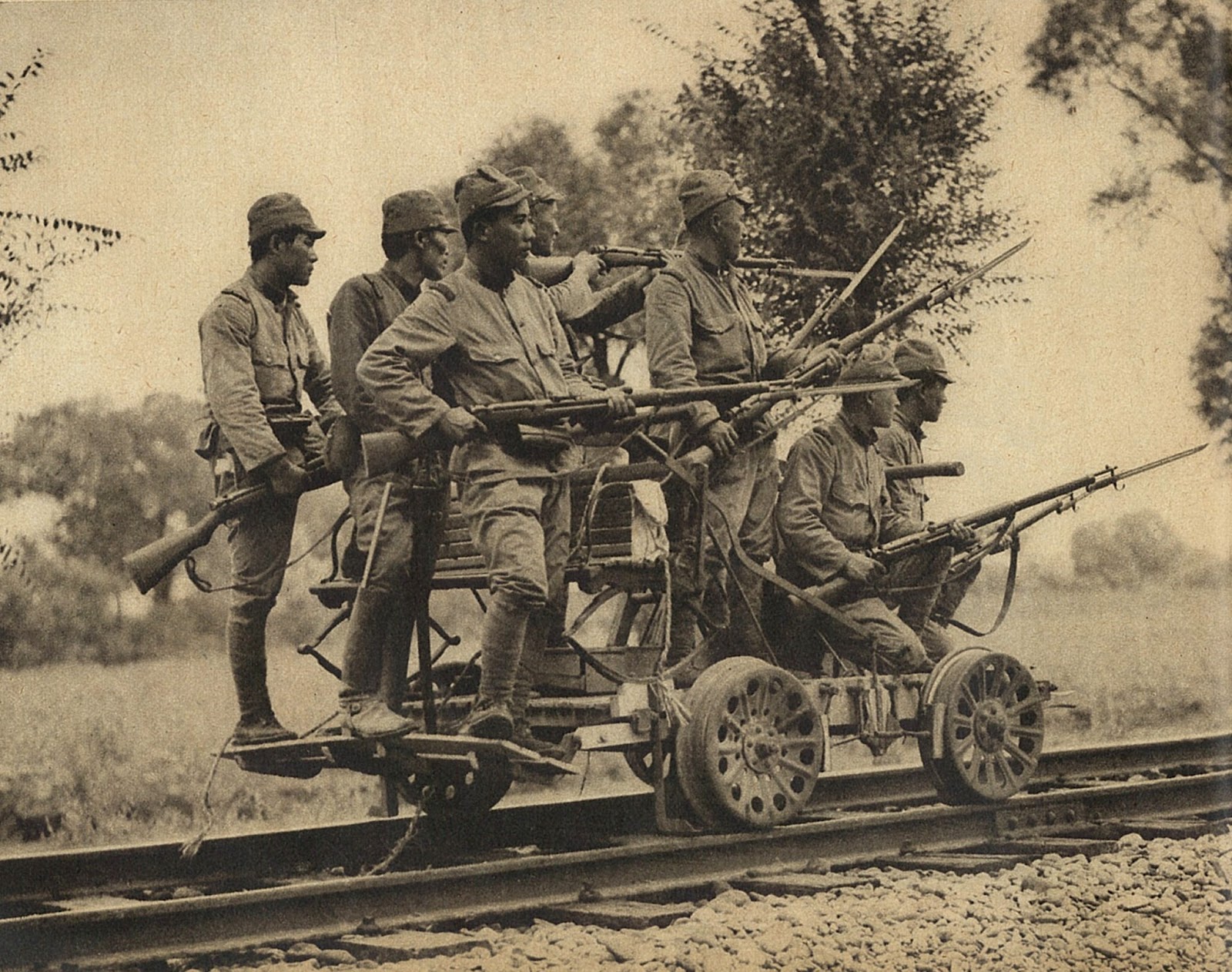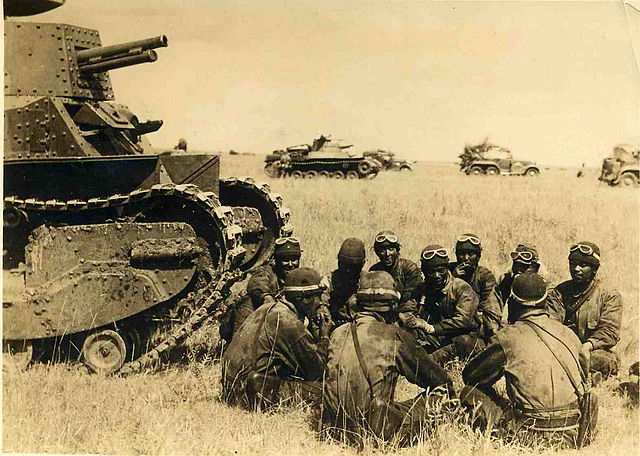…Border War of 1939.
"The Battle of Khalkhin Gol, known to the Japanese during the period as the Nomonhan Incident, is one of the most important conflicts of World War II that is often completely ignored or only a minor footnote in most concise or comprehensive popular history and academic studies of World War II. This border conflict fought on the edges between China and Mongolia developed into a major conflict during the Battle of Khalkhin Gol, dating back to previous border clashes during and after the Russian Civil War in the early 20's. The conflict quickly escalated in the Spring of 1939 into a "small" war with a contained front that became a major theater of war by the time the Red Army claimed victory in September 1939, just as World War II began.
Critical to the later events of World War II itself, Khalkhin Gol was one of the most decisive and important conflicts fought during the last months of the prelude to World War. The actual military engagements of the battle fought from 11 May to September 1939, on the banks of the river, in the prairie-like fields and skies all around the Khalkhin River, effectively checked Imperial Japanese aggression and imperialist ambitions in Siberia and Mongolia for the duration of the war. This series of battles and skirmishes had combined casualties of perhaps in excess of 50,000 men [1] was a decisive victory for the Red Army and their Mongolian allies. At the start of the war the Soviets were planning invasions of Poland and Finland, and the Baltic States, while the Japanese were still trying to suppress guerilla insurgency in occupied China and defeat the Revolutionary Nationalist Army under Chiang Kai-shek.
It was this reason that the Nomonhan Incident's origins were from a Japanese view, just another euphemistic confrontation in their own greater diplomatic and military relationship with the nations of the Far East. The IJA's invasion of Northern China in 1931 following the Mukden Incident, and the later occupation of Manchuria, leads to the start of the Second Sino-Japanese War in July 1937 which followed the Marco Polo Bridge Incident. A Red Army victory which seemed impossible in the minds of the Japanese command was achieved by the sharp tactical and logistical strategies of General Georgy Zhukov, the great hero and later Marshall of the Soviet Union, following his leadership and record of sucess (and survival) on the Eastern Front 1942-1945. Regardless the Khalkhin Gol-Nomonhan conflict remains important not just in acknowledging the importance of logistics, strategy, and tactics in relation to battlefield command (and strength of force), but in also understanding the shifting balance of power, both militarily and politically in Asia and the Far East in 1939…"




Full article here
link
Hope you enjoy!.
Amicalement
Armand

